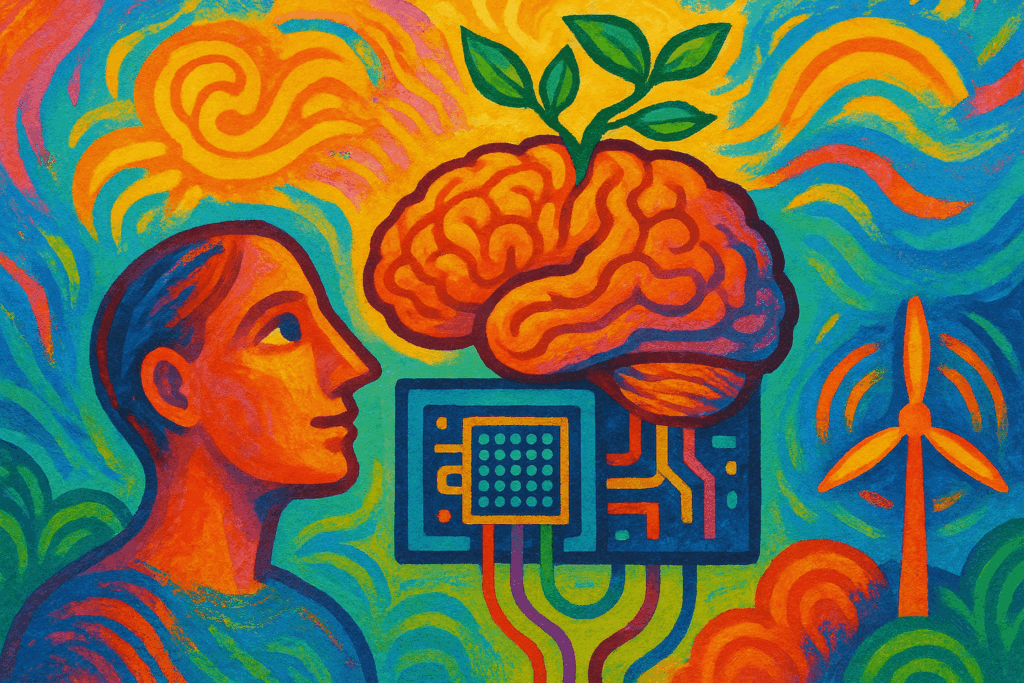AI’s Growing Energy Footprint: A Foundational Challenge
Artificial intelligence systems have escalated their demand for electricity, shifting the challenge from software optimization to managing physical infrastructure capacity. Data centers now consume around 1% of global electricity, with AI workloads driving rapid growth. Projections indicate that by 2030, AI computing could require multiple times today’s power consumption, putting strain on power grids, land use, and cooling systems.
Smart Solutions: Efficiency as a New Capacity
Building more infrastructure alone cannot sustainably meet AI’s power appetite. Instead, improving efficiency unlocks new capacity within existing systems. Advanced liquid cooling techniques reduce energy wasted by traditional air cooling and enable denser server arrangements. Reusing waste heat from data centers in nearby facilities offers further energy savings. Additionally, AI-driven digital twins simulate infrastructure operations, optimizing power usage in real time to minimize waste.
The Infrastructure Innovators Fueling AI’s Growth
Supply chain shifts now spotlight companies specializing in efficient power conversion, high-performance cooling systems, and improved grid connectivity. These technology providers form the backbone supporting AI’s physical expansion. Collaboration between data center operators, energy utilities, and infrastructure tech firms plays a vital role in delivering scalable and resilient solutions.
Sustainable AI: Powering Tomorrow’s Breakthroughs
Ensuring access to clean and reliable energy sources balances AI’s insatiable energy needs with climate goals. Integrating renewable energy into data center operations and developing infrastructure able to manage variable power inputs are pivotal steps. Sustainable energy infrastructure lays the groundwork for AI’s future advancements, enabling innovation without compromising environmental responsibilities.
Addressing AI’s energy demands requires a strategic focus on smarter, more efficient infrastructure. The fusion of cutting-edge technologies and sustainable practices creates a viable path forward for the AI economy’s continued growth.




